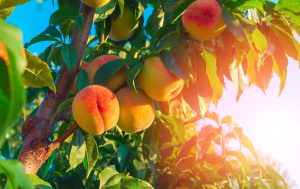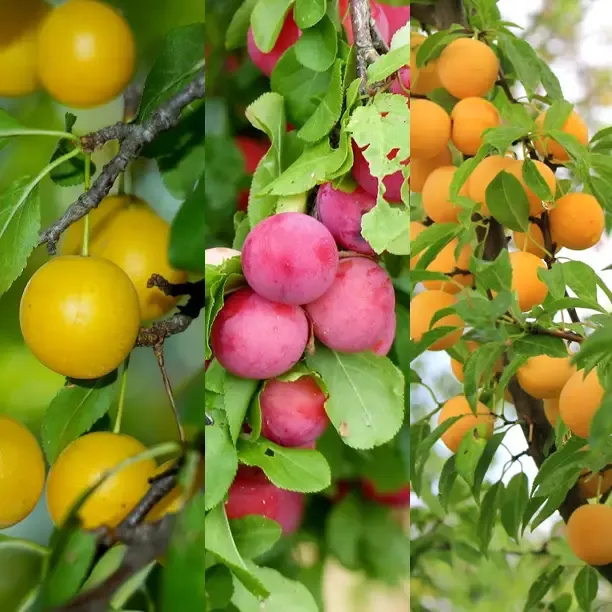Remember the days when fruit actually had a taste? The best way to guarantee that you can enjoy nature’s bounty is to grow your own. The advantages of healthy homegrown fruit are legion. Not only do homegrown fruit taste like real fruit should, sweet and juicy, but you will save money as well has lower your own carbon footprint. Growing your own fruit can seem like a daunting task but the rewards are well worth the effort. Get a head start on your fist harvest by planting a fruit tree before winter extends its icy fingers.

The best spot to plant
- Fruit trees prefer a sunny spot. Afternoon sun will be enough to ensure a bountiful harvest.
- Naturally planting them in the garden will allow your fruit tree to grow better and give you a bigger harvest. Thus an area with lots of space for growth would be ideal.
- Luckily for those with limited space, fruit trees can easily be dwarfed by growing them in pots on a balcony or patio under the right conditions.
- Apricots, peaches and nectarines are self-pollinating – meaning you only have to plant one tree. Whereas pears, apples and cherries need a different variety to cross pollinate with.
- Wait till spring to plant any Citrus trees as they can be tender to the cold.
Start planting
- Start by digging a square hole 1m x 1m x 1m. Remember that better you prepare the soil around your fruit tree the better it will grow and spread its roots.
- Mix half compost and half of the soil from the hole with a cup full of bone meal – but if you have inquisitive or downright naughty dogs rather use superphosphate.
- Place your fruit tree in the hole to ensure correct depth – the bud union should be above ground level.
- Carefully remove the plastic bag by pulling it off or by slitting it down the side.
- Fill the hole up to the top with your soil mix and pat down slightly.
- Form a shallow basin around your tree’s root base from the leftover soil. Water thoroughly by filling up the basin with water and put down a nice thick layer of mulch.
- For fruit trees in pots, ensure that the container has adequate drainage with a layer of gravel at the base. Plant with potting soil and some bone meal for the roots.

Caring for your fruit tree
- Water your fruit tree more regularly in the initial stages. Once it is established and its roots have spread out you can water less frequently.
- Your fruit tree will start losing its leaves in autumn which is completely normal – this is also a lovely supply of mulch for your tree.
- Keep an eye out for my pruning article in July, which will guide you on how to prune and feed your fruit tree for this season.

Fruit trees are truly multi-purpose trees: providing shade during summer, a bounty of fruit during springtime and masses of stunning blooms. Growing your own fruit also allows you to control what they get sprayed with for pests and diseases. Healthy fruit will always have a few blemishes or marks in contrast to the plastic perfect fruit that we get these days. You will find that growing your own fruit can be one of the most rewarding experiences yet. So no more excuses – time to start digging!
